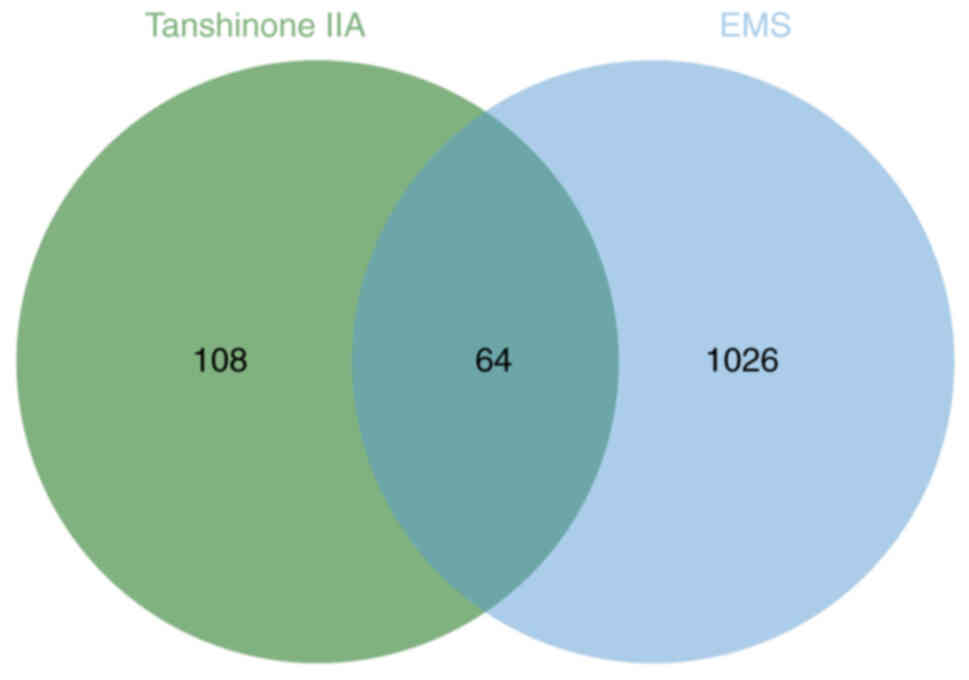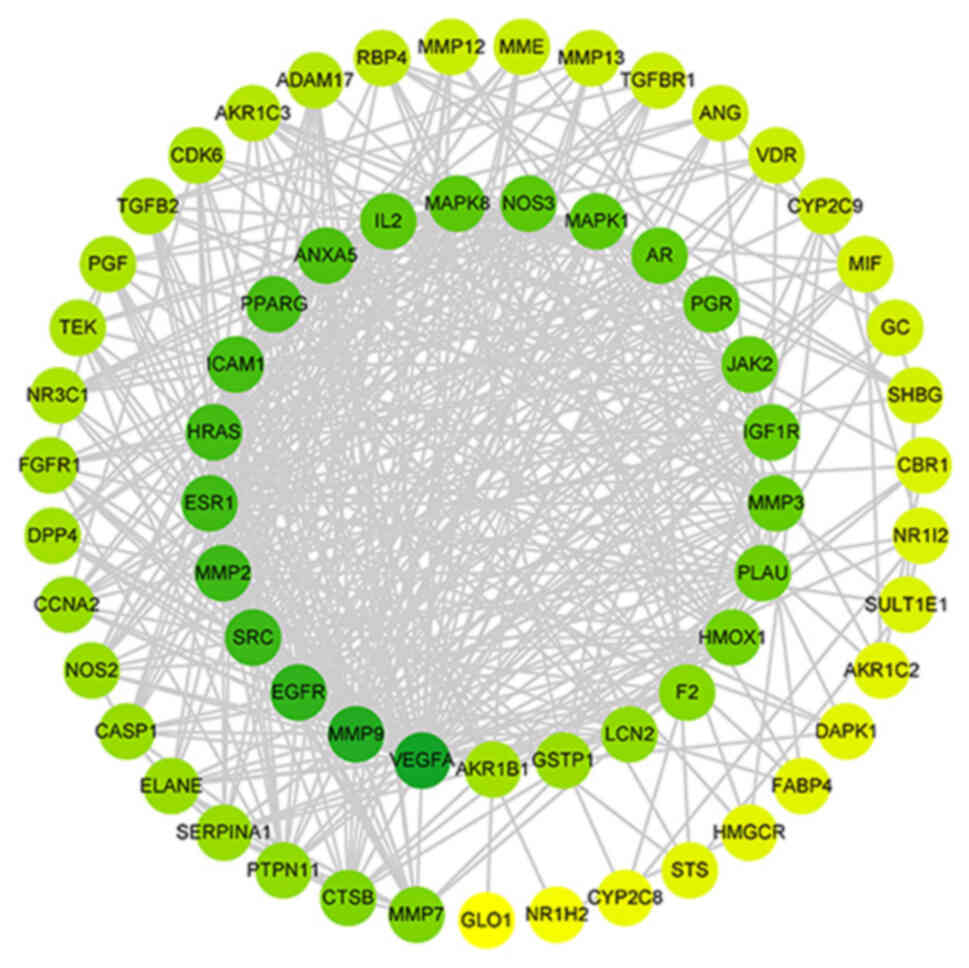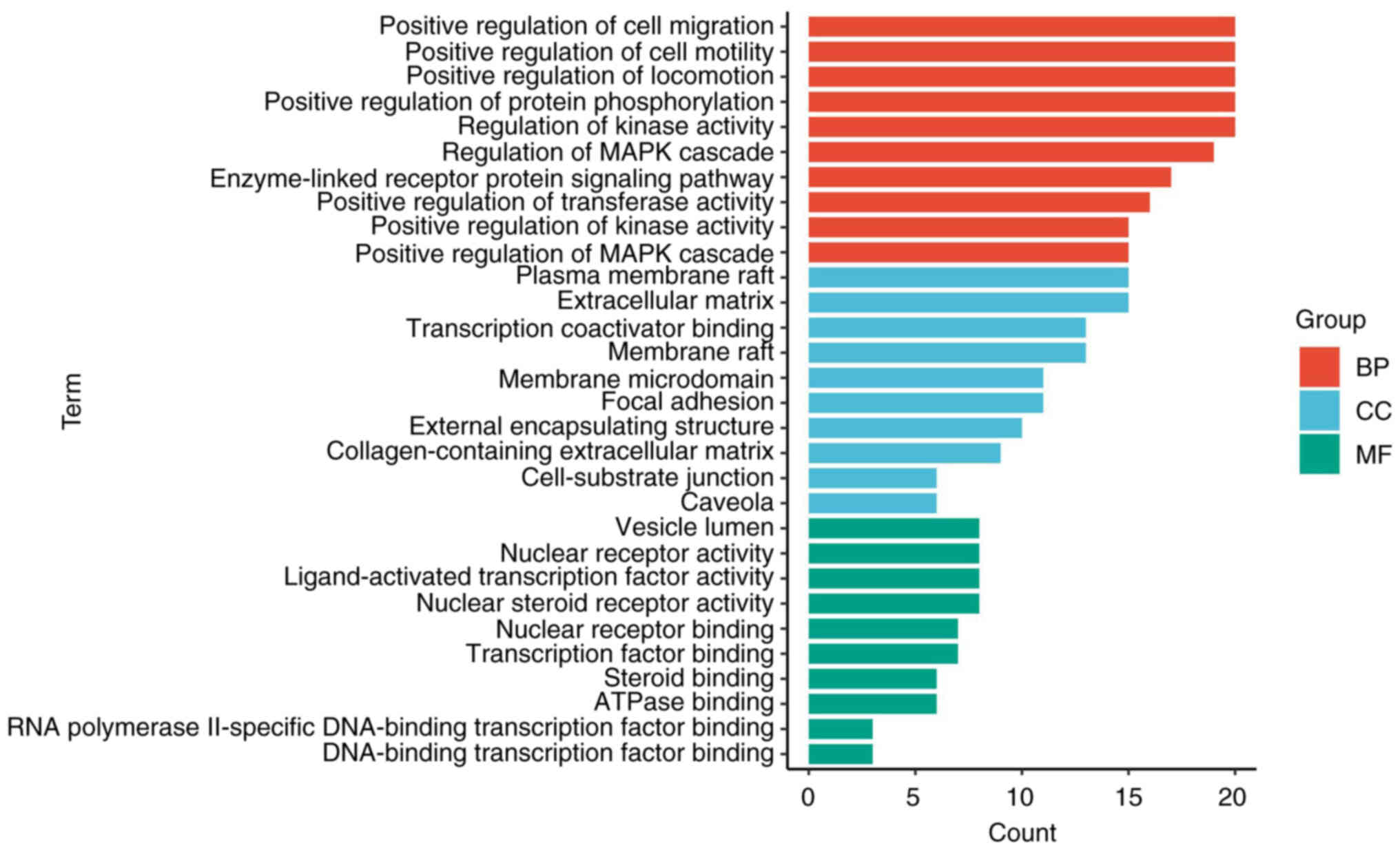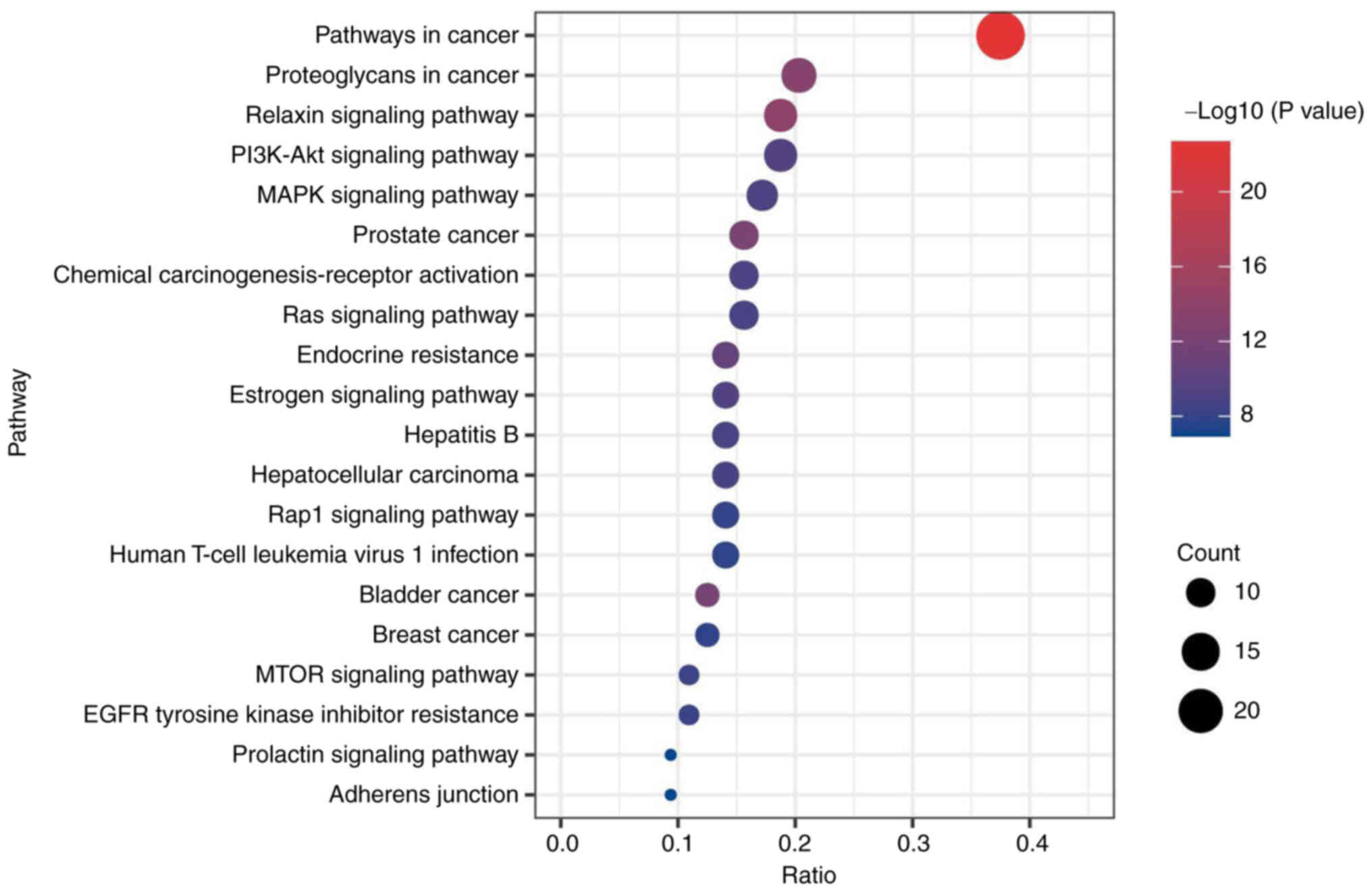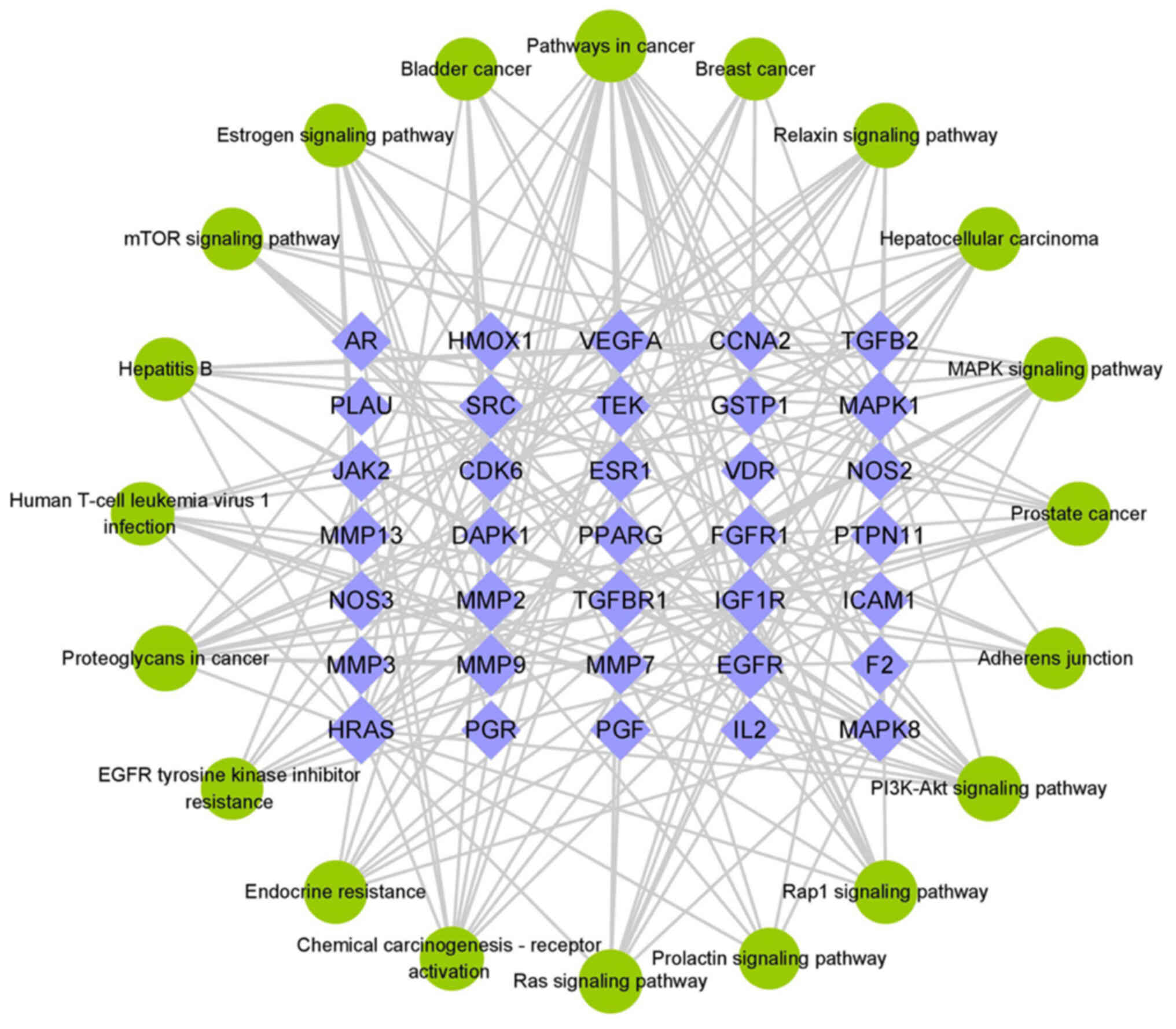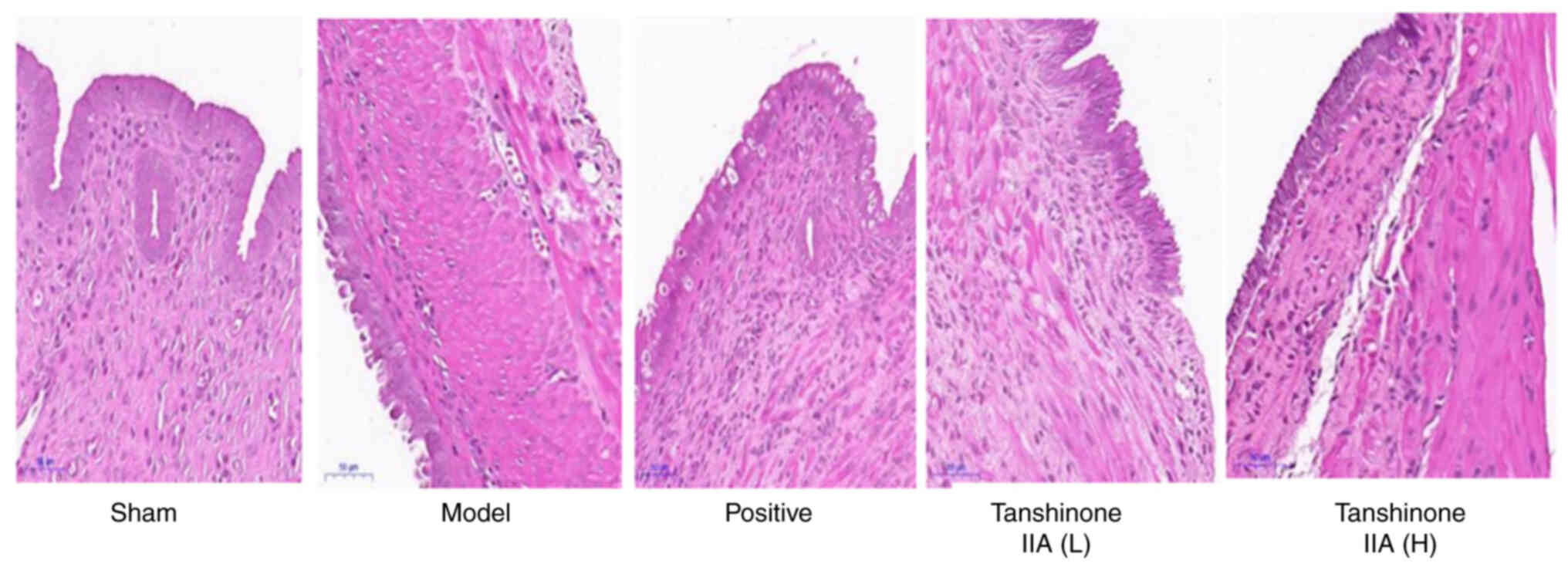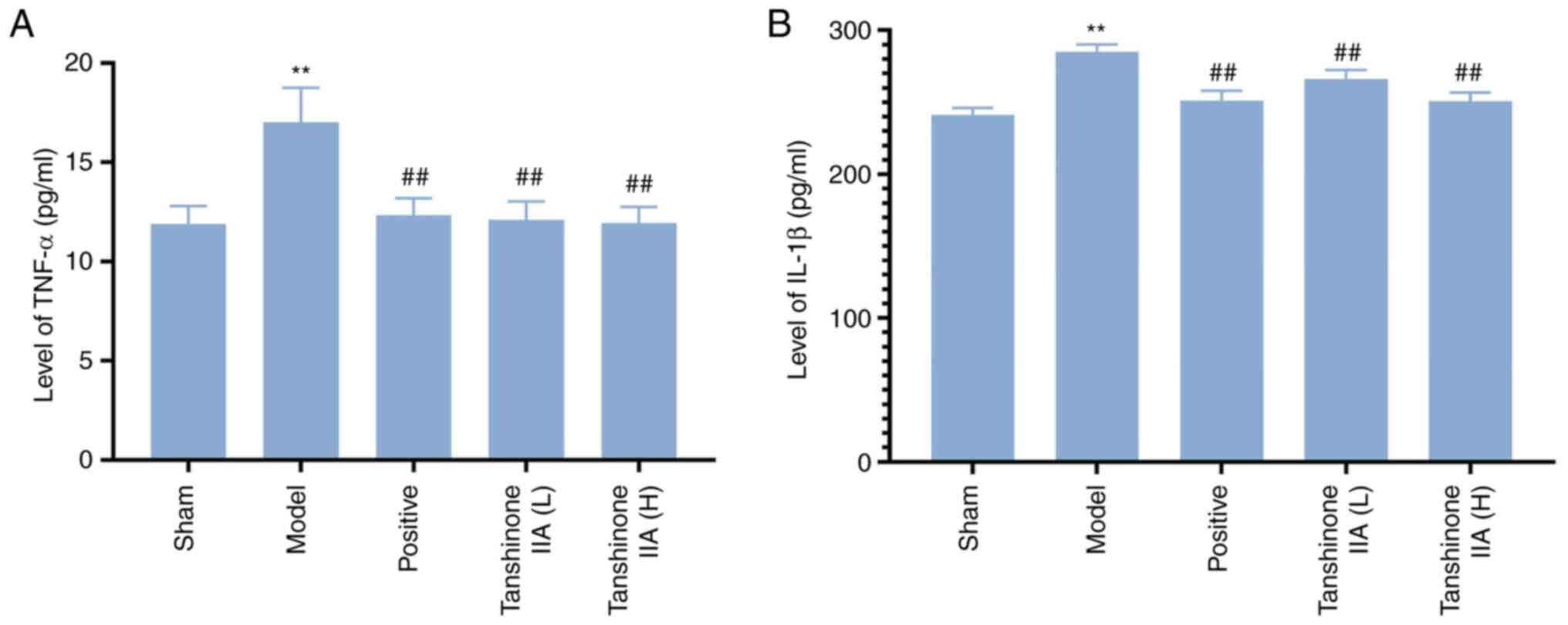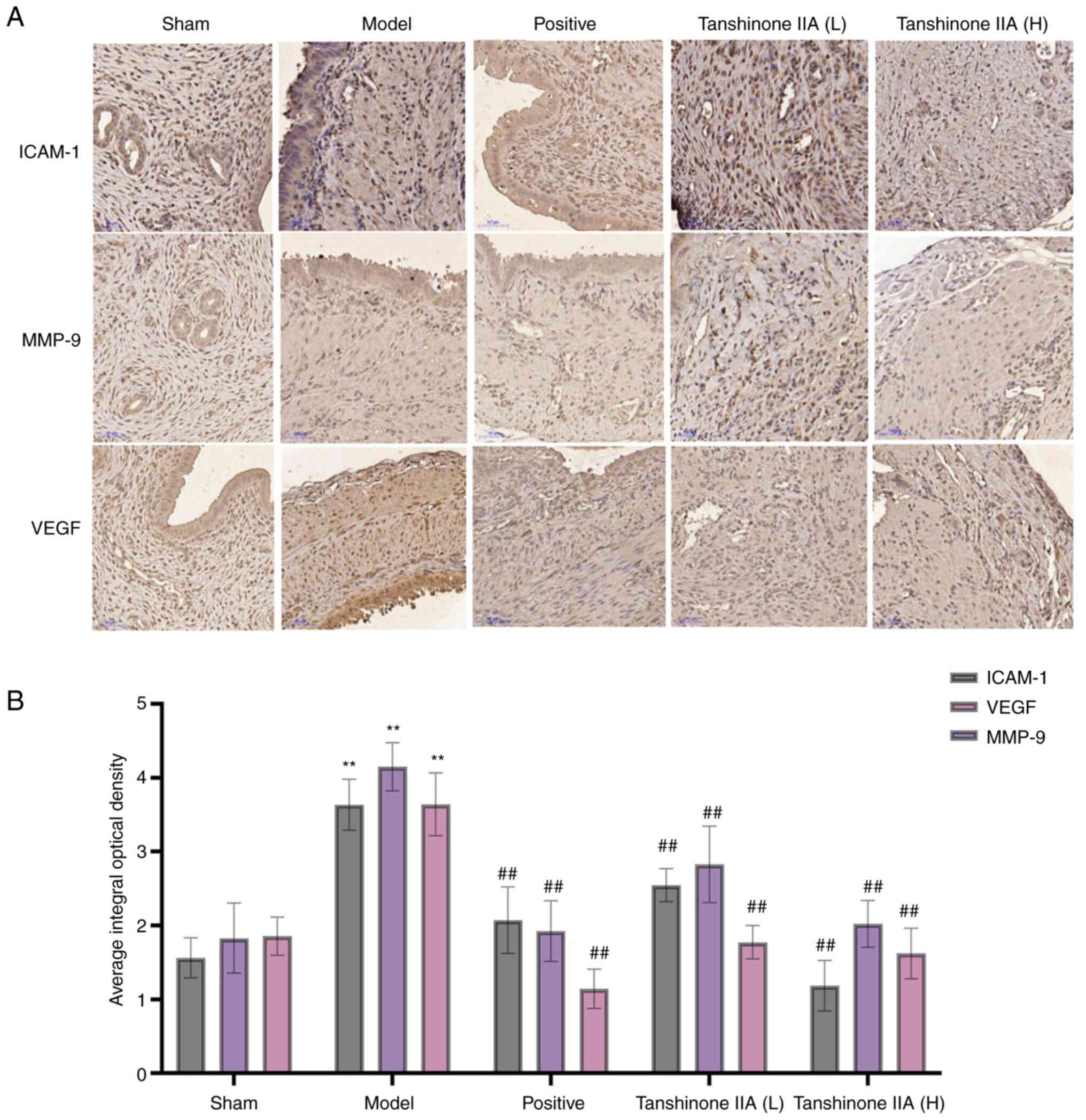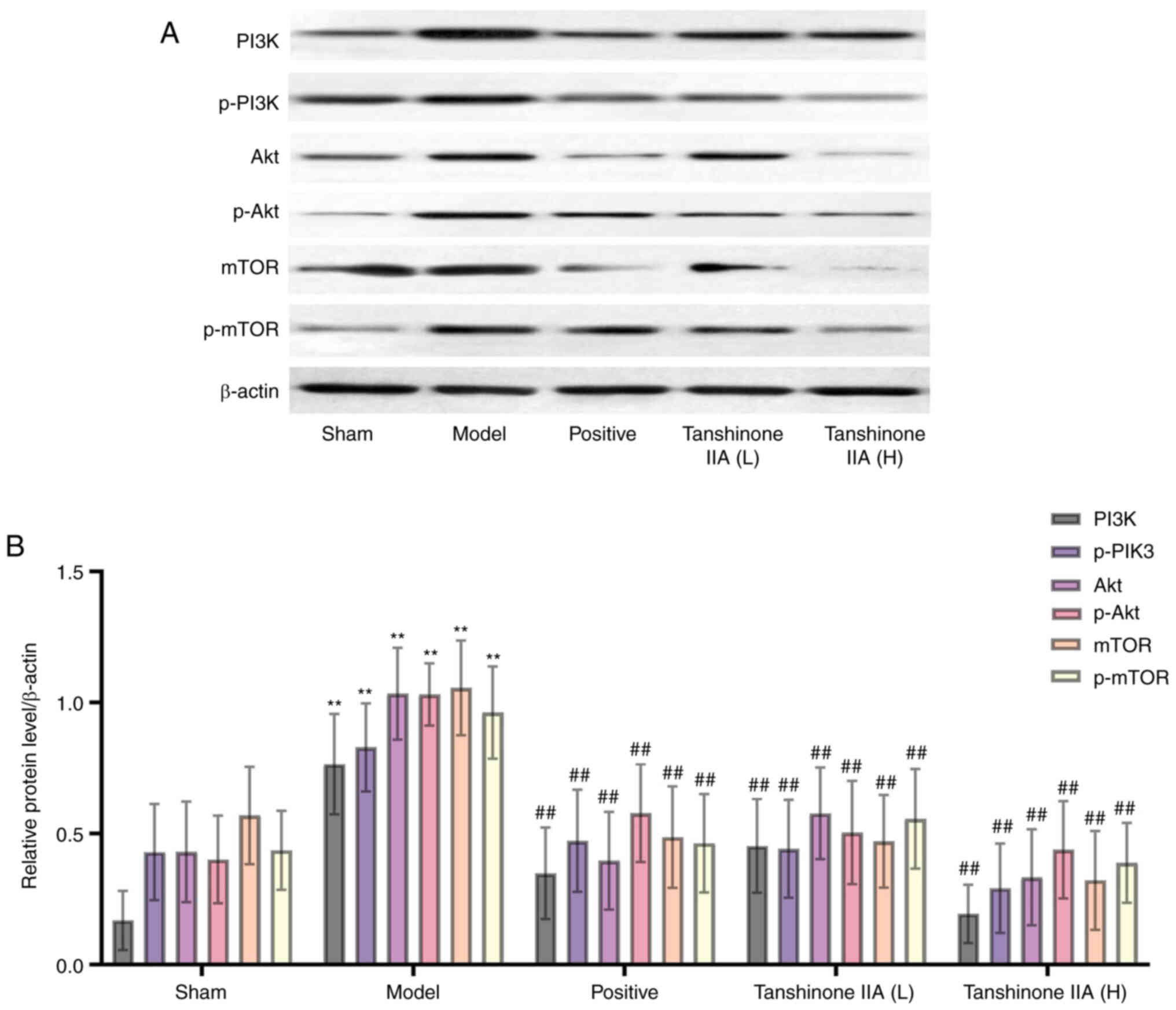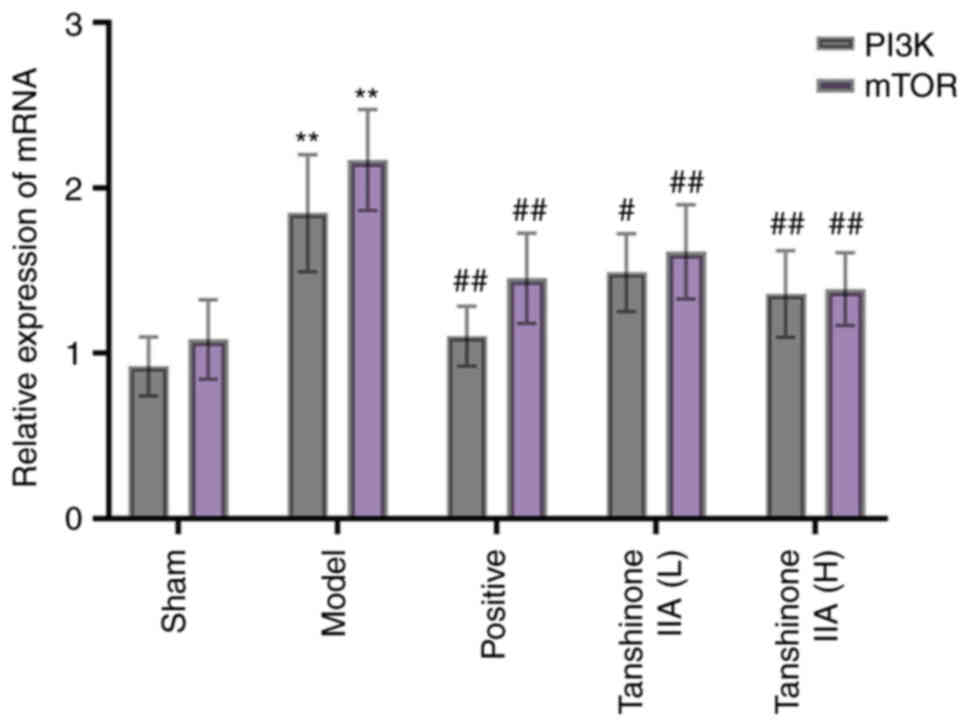|
1
|
Chen LH, Lo WC, Huang HY and Wu HM: A
Lifelong impact on endometriosis: Pathophysiology and
pharmacological treatment. Int J Mol Sci. 24:75032023. View Article : Google Scholar : PubMed/NCBI
|
|
2
|
Donnez J and Cacciottola L: Endometriosis:
An inflammatory disease that requires new therapeutic options. Int
J Mol Sci. 23:15182022. View Article : Google Scholar : PubMed/NCBI
|
|
3
|
Abramiuk M, Grywalska E, Małkowska P,
Sierawska O, Hrynkiewicz R and Niedźwiedzka-Rystwej P: The role of
the immune system in the development of endometriosis. Cells.
11:20282022. View Article : Google Scholar : PubMed/NCBI
|
|
4
|
Vercellini P, Viganò P, Somigliana E and
Fedele L: Endometriosis: Pathogenesis and treatment. Nat Rev
Endocrinol. 10:261–275. 2014. View Article : Google Scholar : PubMed/NCBI
|
|
5
|
Amro B, Ramirez Aristondo ME, Alsuwaidi S,
Almaamari B, Hakim Z, Tahlak M, Wattiez A and Koninckx PR: New
understanding of diagnosis, treatment and prevention of
endometriosis. Int J Environ Res Public Health. 19:67252022.
View Article : Google Scholar : PubMed/NCBI
|
|
6
|
Vallée A, Vallée JN, Le Blanche A and
Lecarpentier Y: PPARγ Agonists: Emergent Therapy in Endometriosis.
Pharmaceuticals (Basel). 14:5432021. View Article : Google Scholar : PubMed/NCBI
|
|
7
|
Nominato NS, Prates LF, Lauar I, Morais J,
Maia L and Geber S: Caesarean section greatly increases risk of
scar endometriosis. Eur J Obstet Gynecol Reprod Biol. 152:83–85.
2010. View Article : Google Scholar : PubMed/NCBI
|
|
8
|
Horne AW and Missmer SA: Pathophysiology,
diagnosis, and management of endometriosis. Bmj. 14:2022–070750.
2022.
|
|
9
|
Chapron C, Marcellin L, Borghese B and
Santulli P: Rethinking mechanisms, diagnosis and management of
endometriosis. Nat Rev Endocrinol. 15:666–682. 2019. View Article : Google Scholar : PubMed/NCBI
|
|
10
|
Taylor HS, Kotlyar AM and Flores VA:
Endometriosis is a chronic systemic disease: Clinical challenges
and novel innovations. Lancet. 397:839–852. 2021. View Article : Google Scholar : PubMed/NCBI
|
|
11
|
Leonardi M, Gibbons T, Armour M, Wang R,
Glanville E, Hodgson R, Cave AE, Ong J, Tong YYF, Jacobson TZ, et
al: When to Do Surgery and When Not to Do Surgery for
Endometriosis: A Systematic Review and Meta-analysis. J Minim
Invasive Gynecol. 27:390–407. 2020. View Article : Google Scholar : PubMed/NCBI
|
|
12
|
Yela DA, Vitale SG, Vizotto MP and
Benetti-Pinto CL: Risk factors for recurrence of deep infiltrating
endometriosis after surgical treatment. J Obstet Gynaecol Res.
47:2713–2719. 2021. View Article : Google Scholar : PubMed/NCBI
|
|
13
|
Guo R, Li L, Su J, Li S, Duncan SE, Liu Z
and Fan G: Pharmacological activity and mechanism of Tanshinone IIA
in Related Diseases. Drug Des Devel Ther. 14:4735–4748. 2020.
View Article : Google Scholar : PubMed/NCBI
|
|
14
|
Zhang X, Wang Q, Wang X, Chen X, Shao M,
Zhang Q, Guo D, Wu Y, Li C, Wang W and Wang Y: Tanshinone IIA
protects against heart failure post-myocardial infarction via
AMPKs/mTOR-dependent autophagy pathway. Biomed Pharmacother.
112:1085992019. View Article : Google Scholar : PubMed/NCBI
|
|
15
|
Miao Q, Wang R, Sun X, Du S and Liu L:
Combination of puerarin and tanshinone IIA alleviates ischaemic
stroke injury in rats via activating the Nrf2/ARE signalling
pathway. Pharm Biol. 60:1022–1031. 2022. View Article : Google Scholar : PubMed/NCBI
|
|
16
|
Ni H, Ruan G, Sun C, Yang X, Miao Z, Li J,
Chen Y, Qin H, Liu Y, Zheng L, et al: Tanshinone IIA inhibits
gastric cancer cell stemness through inducing ferroptosis. Environ
Toxicol. 37:192–200. 2022. View Article : Google Scholar : PubMed/NCBI
|
|
17
|
Jin J, Hu QY, Xu WW, Zhu WJ, Liu B, Liu J,
Wang W and Zhou HF: Tanshinone IIA attenuates estradiol-induced
polycystic ovarian syndrome in mice by ameliorating FSHR expression
in the ovary. Exp Ther Med. 17:3501–3508. 2019.PubMed/NCBI
|
|
18
|
Luo Y, Li ZM, Li LP, Zou Y, Xu XY, Zhang
ZY, Liu FY, Xiong Y and Wan L: ITRAQ-based proteomics analysis of
tanshinone IIA on human ectopic endometrial stromal cells of
adenomyosis. Arch Gynecol Obstet. 303:1501–1511. 2021. View Article : Google Scholar : PubMed/NCBI
|
|
19
|
Luo M, Cai X, Yan D, Liu X and Guo SW:
Sodium tanshinone IIA sulfonate restrains fibrogenesis through
induction of senescence in mice with induced deep endometriosis.
Reprod Biomed Online. 41:373–384. 2020. View Article : Google Scholar : PubMed/NCBI
|
|
20
|
Zhang Q, Liu X and Guo SW: Progressive
development of endometriosis and its hindrance by anti-platelet
treatment in mice with induced endometriosis. Reprod Biomed Online.
34:124–136. 2017. View Article : Google Scholar : PubMed/NCBI
|
|
21
|
Zhou ZH, Weng Q, Zhou JH and Zhou J:
Extracts of Salvia miltiorrhiza Bunge on the cytokines of
rat endometriosis models. Afr J Tradit Complement Altern Med.
9:303–314. 2012. View Article : Google Scholar : PubMed/NCBI
|
|
22
|
Chen ZZ and Gong X: Tanshinone IIA
contributes to the pathogenesis of endometriosis via renin
angiotensin system by regulating the dorsal root ganglion axon
sprouting. Life Sci. 240:1170852020. View Article : Google Scholar : PubMed/NCBI
|
|
23
|
Jiashuo WU, Fangqing Z, Zhuangzhuang LI,
Weiyi J and Yue S: Integration strategy of network pharmacology in
traditional Chinese medicine: A narrative review. J Tradit Chin
Med. 42:479–486. 2022.PubMed/NCBI
|
|
24
|
Li X, Wei S, Niu S, Ma X, Li H, Jing M and
Zhao Y: Network pharmacology prediction and molecular docking-based
strategy to explore the potential mechanism of Huanglian Jiedu
Decoction against sepsis. Comput Biol Med. 144:1053892022.
View Article : Google Scholar : PubMed/NCBI
|
|
25
|
Zhang R, Zhu X, Bai H and Ning K: Network
Pharmacology Databases for Traditional Chinese Medicine: Review and
Assessment. Front Pharmacol. 10:1232019. View Article : Google Scholar : PubMed/NCBI
|
|
26
|
Ru J, Li P, Wang J, Zhou W, Li B, Huang C,
Li P, Guo Z, Tao W, Yang Y, et al: TCMSP: A database of systems
pharmacology for drug discovery from herbal medicines. J
Cheminform. 6:1758–2946. 2014. View Article : Google Scholar : PubMed/NCBI
|
|
27
|
Yu G, Wang LG, Han Y and He QY:
clusterProfiler: An R package for comparing biological themes among
gene clusters. OMICS. 16:284–287. 2012. View Article : Google Scholar : PubMed/NCBI
|
|
28
|
Ding J, Tan X, Song K, Ma W, Xiao J, Song
Y and Zhang M: Bushen huoxue recipe alleviates implantation loss in
mice by enhancing estrogen-progesterone signals and promoting
decidual angiogenesis through FGF2 during early pregnancy. Front
Pharmacol. 9:4372018. View Article : Google Scholar : PubMed/NCBI
|
|
29
|
Saunders PTK and Horne AW: Endometriosis:
Etiology, pathobiology, and therapeutic prospects. Cell.
184:2807–2824. 2021. View Article : Google Scholar : PubMed/NCBI
|
|
30
|
Casper RF: Progestin-only pills may be a
better first-line treatment for endometriosis than combined
estrogen-progestin contraceptive pills. Fertil Steril. 107:533–536.
2017. View Article : Google Scholar : PubMed/NCBI
|
|
31
|
Qin Z, Dong Z, Liu J, Zhong A, Bao M, Wang
H, Yu H, Zhang S, Zhang W, Shen L, et al: A Preliminary study on
the effects of black cohosh preparations on bone metabolism of rat
models With GnRH-a-Induced Peri-Menopausal symptoms. Front
Endocrinol. 13:8543452022. View Article : Google Scholar : PubMed/NCBI
|
|
32
|
Zhao L, Zhang H, Li N, Chen J, Xu H, Wang
Y and Liang Q: Network pharmacology, a promising approach to reveal
the pharmacology mechanism of Chinese medicine formula. J
Ethnopharmacol. 309:1163062023. View Article : Google Scholar : PubMed/NCBI
|
|
33
|
Han Y, Xiao Y, Yu L, Chen J, Yang X, Cui H
and Liang J: Advances in the mechanism of luteolin against
hepatocellular carcinoma based on bioinformatics and network
pharmacology. J Cancer. 14:966–980. 2023. View Article : Google Scholar : PubMed/NCBI
|
|
34
|
Wang Y, Dragovic RA, Greaves E, Becker CM
and Southcombe JH: Macrophages and small extracellular vesicle
mediated-intracellular communication in the peritoneal
microenvironment: Impact on endometriosis development. Front Reprod
Health. 5:11308492023. View Article : Google Scholar : PubMed/NCBI
|
|
35
|
Kim KH, Lee EN, Park JK, Lee JR, Kim JH,
Choi HJ, Kim BS, Lee HW, Lee KS and Yoon S: Curcumin attenuates
TNF-α-induced expression of intercellular adhesion molecule-1,
vascular cell adhesion molecule-1 and proinflammatory cytokines in
human endometriotic stromal cells. Phytother Res. 26:1037–1047.
2012. View Article : Google Scholar : PubMed/NCBI
|
|
36
|
Chopyak VV, Koval HD, Havrylyuk AM,
Lishchuk-Yakymovych KA, Potomkina HA and Kurpisz MK:
Immunopathogenesis of endometriosis-a novel look at an old problem.
Cent Eur J Immunol. 47:109–116. 2022. View Article : Google Scholar : PubMed/NCBI
|
|
37
|
Cheng J, Li C, Ying Y, Lv J, Qu X, McGowan
E, Lin Y and Zhu X: Metformin alleviates endometriosis and
potentiates endometrial receptivity via decreasing VEGF and MMP9
and increasing leukemia inhibitor factor and HOXA10. Front
Pharmacol. 13:7502082022. View Article : Google Scholar : PubMed/NCBI
|
|
38
|
Zhang F, Liu XL, Wang W, Dong HL, Xia YF,
Ruan LP and Liu LP: Expression of MMIF, HIF-1α and VEGF in Serum
and Endometrial Tissues of Patients with Endometriosis. Curr Med
Sci. 38:499–504. 2018. View Article : Google Scholar : PubMed/NCBI
|
|
39
|
Ansariniya H, Hadinedoushan H, Javaheri A
and Zare F: Vitamin C and E supplementation effects on secretory
and molecular aspects of vascular endothelial growth factor derived
from peritoneal fluids of patients with endometriosis. J Obstet
Gynaecol. 39:1137–1142. 2019. View Article : Google Scholar : PubMed/NCBI
|
|
40
|
Hattori K, Ito Y, Honda M, Sekiguchi K,
Hosono K, Shibuya M, Unno N and Majima M: Lymphangiogenesis induced
by vascular endothelial growth factor receptor 1 signaling
contributes to the progression of endometriosis in mice. J
Pharmacol Sci. 143:255–263. 2020. View Article : Google Scholar : PubMed/NCBI
|
|
41
|
Chang KK, Liu LB, Jin LP, Meng YH, Shao J,
Wang Y, Mei J, Li MQ and Li DJ: NME1 suppression of endometrial
stromal cells promotes angiogenesis in the endometriotic milieu via
stimulating the secretion of IL-8 and VEGF. Int J Clin Exp Pathol.
6:2030–2038. 2013.PubMed/NCBI
|
|
42
|
Samimi M, Pourhanifeh MH, Mehdizadehkashi
A, Eftekhar T and Asemi Z: The role of inflammation, oxidative
stress, angiogenesis, and apoptosis in the pathophysiology of
endometriosis: Basic science and new insights based on gene
expression. J Cell Physiol. 234:19384–19392. 2019. View Article : Google Scholar : PubMed/NCBI
|
|
43
|
Madanes D, Bilotas MA, Bastón JI, Singla
JJ, Meresman GF, Barañao RI and Ricci AG: PI3K/AKT pathway is
altered in the endometriosis patient's endometrium and presents
differences according to severity stage. Gynecol Endocrinol.
36:436–440. 2020. View Article : Google Scholar : PubMed/NCBI
|
|
44
|
Liu Y, Qin X, Lu X and Jiang J: Effects of
inhibiting the PI3K/Akt/mTOR signaling pathway on the pain of
sciatic endometriosis in a rat model. Can J Physiol Pharmacol.
97:963–970. 2019. View Article : Google Scholar : PubMed/NCBI
|
|
45
|
Peiris AN, Chaljub E and Medlock D:
Endometriosis. JAMA. 320:26082018. View Article : Google Scholar : PubMed/NCBI
|
|
46
|
Jin X, Feng J and Cheng X: LncRNA IGF2-AS
promotes endometriosis progression through targeting
miR-370-3p/IGF2 axis and activating PI3K/AKT/mTOR signaling
pathway. J Assist Reprod Genet. 39:2699–2710. 2022. View Article : Google Scholar : PubMed/NCBI
|
|
47
|
Qin R, Zheng F, Qin W, Wang J, Ma N, Tian
W, Li J, Liao M and Qin A: Progranulin promotes proliferation,
migration and invasion via the PI3K/Akt signalling pathway in a
model of endometriosis. Reprod Biomed Online. 46:425–435. 2023.
View Article : Google Scholar : PubMed/NCBI
|















